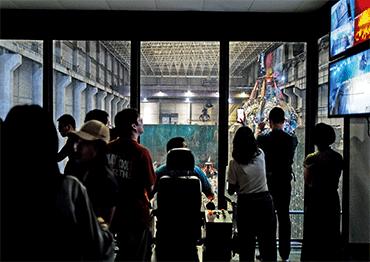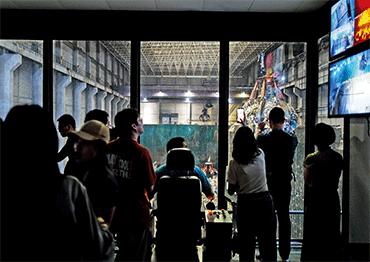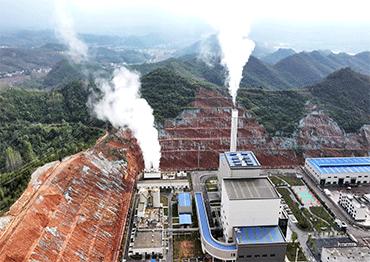According to Xue Tao, deputy director of the E20 Institute, the sharp growth in domestic waste incineration capacity started in the early 2000s, when the government transferred responsibility for waste incineration to franchise operations and promoted the build-operate-transfer (BOT) model for WtE plants. Under the BOT model, the government awards projects to private enterprises for construction, operation and management, with ownership eventually transferring back to the government after a specified period, usually 25 to 40 years.
Around 2008, the number of waste incineration plants under construction began to rise, growing from a single-digit annual count to over a dozen.
“All stakeholders gradually recognized the advantages of developing WtE plants via the franchise model. On one hand, it required no government funding, on the other hand, the projects made money through power generation coupled with State subsidies. So both governments and enterprises were eager to advance WtE projects,” Xue said.
In Xue’s view, the franchise system is a driver of the excessive construction of WtE plants. “Local district and county governments can push forward franchise projects within their own administrative jurisdiction,” he said, adding that it leads to hasty decision making.
In 2006, enhanced subsidies were introduced for renewable energy power generation projects, making waste incineration power generation more lucrative. That year, the National Development and Reform Commission categorized WtE as biomass power generation, which is considered as renewable energy. It stipulated that the subsidized electricity price standard should be 0.25 yuan (3.5 US cents) per kilowatt-hour, a fixed tariff lasting for 15 years.
According to Xue Tao, as waste incineration technologies and business models matured, private enterprises started investing in and building projects around 2010, a trend that was followed by Stateowned enterprises (SOEs), particularly in some provincial capitals.
“This rush by SOEs into the sector to some extent exacerbated WtE overcapacity,” he noted.
Construction of WtE plants continued to surge until 2020, when the State began to reduce renewable energy subsidies. Starting from January 1, 2021, WtE projects that had been approved but not yet commenced, as well as newly approved ones, would no longer be eligible for national subsidies. Industry insiders told reporters that this prompted many projects to “rush to break ground and accelerate construction” before the national subsidy window closed.
In Pan Gong’s view, a more critical factor behind overcapacity is building too big and not in the right places, especially as populations are declining in some areas, such as rust belt cities in the northeast. “This arises from overly optimistic projections about future population growth and increases in per capita waste generation. However, currently, some cities’ ability to attract population is declining. Additionally, as social civility improves, per capita waste generation has also decreased. What’s more, project distribution lacks overall planning. For instance, some cities failed to consider transportation distances when first constructing plants,” Pan said.
The effective enforcement of waste sorting policies in major cities is another factor. Major cities began rolling out neighborhood trash sorting schemes in July 2019, starting in Shanghai.
Statistics indicate that in the first five months of 2025, the average daily amount of sorted recyclables in Shanghai reached 7,927 tons, with hazardous waste at two tons and household food waste at 8,690 tons. Compared to the first half of 2019, these figures have risen by 1.96 times, 13.6 times and 0.59 times, respectively. The volume of sorted household food waste accounted for roughly 35 percent of the total dry and wet waste. Instead of being sent to waste incineration plants, household food waste is converted into biogas via anaerobic digestion.
Pan noted that as household food waste treatment facilities have been built nationwide, waste that would otherwise have been sent to incineration plants is being diverted.

 Old Version
Old Version


